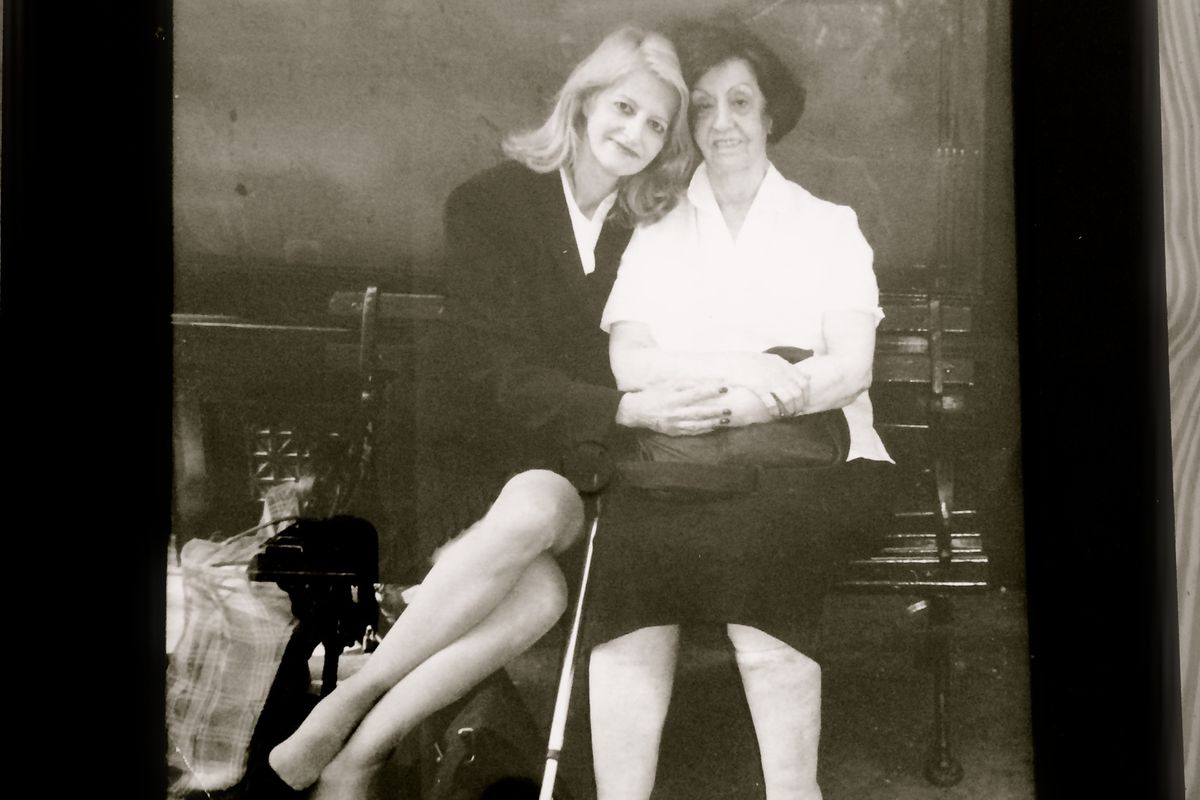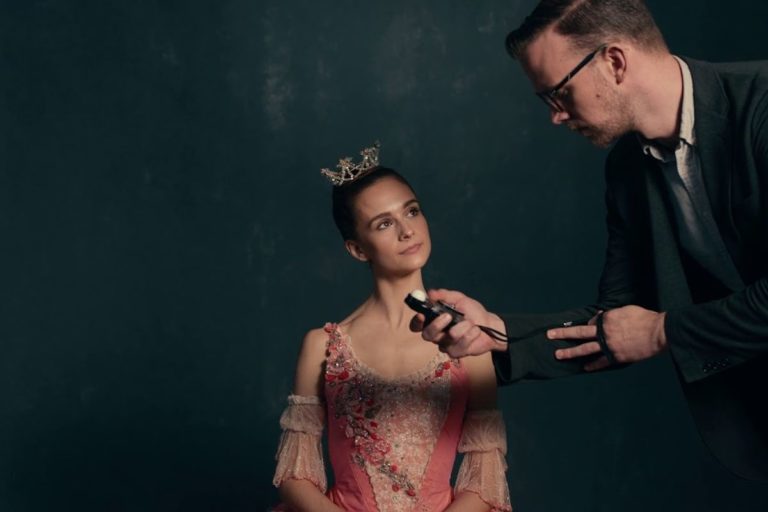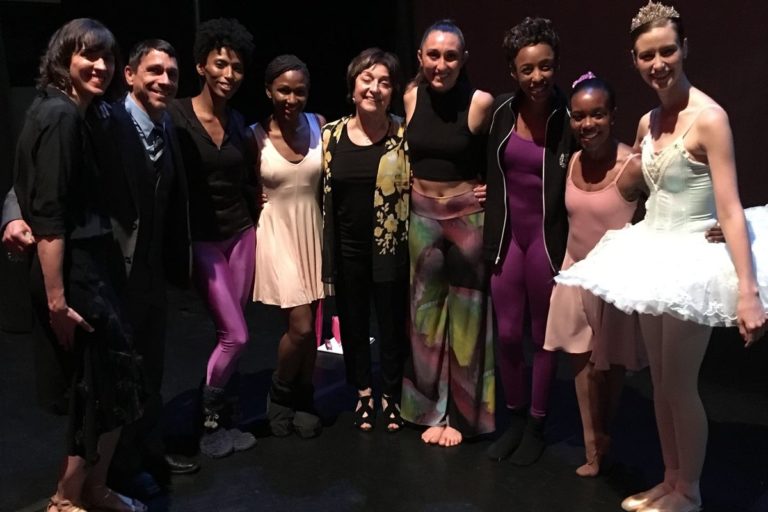
In 1965, Zena Rommett was asked to teach her unique Floor-Barre method at the American Ballet Center by ballet legend Robert Joffrey. Her gentle-yet-effective technique inspired countless professional dancers over the years, who became faithful followers as a supplement to their dance training. From choreographer Lar Lubovitch to Tommy Tune, Patrick Swayze and Judith Jamison, many swear by the benefits of the technique. Rommett taught it until she was 90.
The summer after Rommett’s death, her daughter Camille made her debut on the faculty of our Dance Teacher Summit. She describes teaching to a packed convention room as “a very humbling experience.” Despite students often telling her she sounds similar to her mother, she’s learned it’s not about filling her mother’s shoes, but keeping her mother’s legacy—and the integrity of the technique—alive.
Dance Teacher: Do you approach teaching the technique differently to teachers versus to dancers?
Camille Rommett: At the Summit, for instance, I give an introductory class because it’s a very detailed and meticulous technique. It would be impossible to teach the whole curriculum in an hour. That’s why we offer the teaching certification workshops. When I teach teachers, I emphasize what Zena was about: reinforcing correct alignment, strengthening the joints, lengthening the muscles and being gentle. The three movements I’m able to break down in an hour class always come back to these points. We don’t say “exercises,” we say “series of movements.”
 Camille teaching at a DT Summit. Photo courtesy of Rommett
Camille teaching at a DT Summit. Photo courtesy of Rommett
DT: Why not “exercises”?
CR: It’s not like a gym or an exercise class where a specific set of muscles is going to be targeted for the day. Zena could tell what students needed by the way they entered the classroom. That’s why we refer to the Rommett technique as a “series of movements.” My mother used to say “a good teacher doesn’t teach what she knows; she teaches what the dancers need.”
 Photo courtesy of Break The Floor
Photo courtesy of Break The Floor
DT: What’s it like continuing your mother’s brand?
CR: I think of Zena every day, yes as my mother, but maybe even more as my partner. We talked about Floor-Barre five times a day. When I bump into my mother’s old students, the feedback can be overwhelming because she reached so many people through her technique. When you correct your alignment, and address the body in this way, it can affect everyone, not just dancers. It was typical in Zena’s classes to not only have dancers attend—an architect would be lying next to Judith Jamison. This is what drives me to continue the brand and her legacy. The new team of Floor-Barre mentors—a panel of 12, which includes Renee Robinson, who just retired from Alvin Ailey after 30 years—are also keeping the technique alive. This group of high-caliber former professional dancers and teachers are devoted to passing along the method in its purity. It’s extremely motivating and rewarding. Zena would be very proud.




